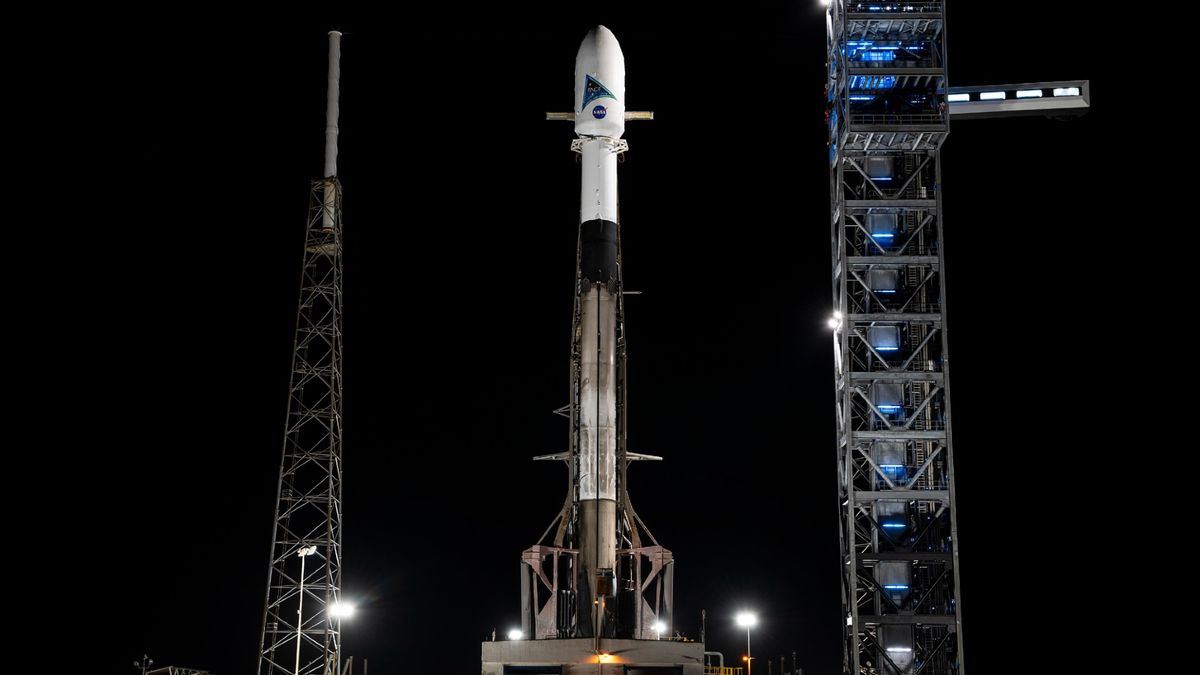NASA and SpaceX are teaming up to prepare for the PACE satellite launch, which aims to understand how ocean life interacts with the atmosphere and climate. Scheduled for departure on February 8, the mission seeks to unravel the mystery of aerosols cycling through the ocean and atmosphere, influencing cloud formation and weather patterns. This collaboration between NASA and SpaceX underscores the importance of studying Earth’s oceans and atmosphere, as it directly impacts global climate.

Photo from Google
Unlocking Earth’s Secrets: PACE Satellite Mission Promises Breakthroughs in Climate Science
Since the PACE satellite will be tracking the interaction between Earth’s oceans and atmosphere, its mission is essential to climate science. Scientists work to protect against the threat of global climate change by gathering important data. The PACE satellite will investigate the influence of aerosols and microscopic organisms like phytoplankton in weather, air quality, and climate stability. These discoveries will further our comprehension of the intricate relationships that exist between the water and atmosphere.
NASA Associate Administrator Jim Free highlighted the significance of unraveling the scientific mystery behind ocean-atmosphere interactions. He emphasized the importance of the PACE satellite launch in exploring the unknown realms of air and space, aligning with NASA’s mission to push the boundaries of scientific discovery.
Director of NASA’s Earth Science Division, Karen St. Germain, underscored the importance of phytoplankton in sustaining marine ecosystems and absorbing carbon dioxide from the atmosphere. However, she noted that they can also have toxic effects, highlighting the need for comprehensive understanding.
READ ALSO: First Full Moon Of 2024 Brightens The Night Sky With The Full Wolf Moon
Pioneering PACE Satellite Launch: NASA-SpaceX Collaboration Breaks Ground in Earth Science
The PACE satellite launch marks a significant milestone in NASA’s collaboration with SpaceX, as it will be the eighth NASA LSP mission to launch on a SpaceX rocket. Moreover, it will be the first government mission to fly a polar trajectory from Cape Canaveral since 1960.
Despite weather delays and previous budget proposals threatening the mission’s funding, the launch of the PACE satellite symbolizes humanity’s collective pursuit of knowledge and innovation. As NASA and SpaceX prepare for this historic launch, the world eagerly awaits the invaluable insights that the PACE satellite will provide into Earth’s delicate ecosystem.
READ ALSO: Scientists Tap Machine Learning To Hunt For Alien Megastructures

















































